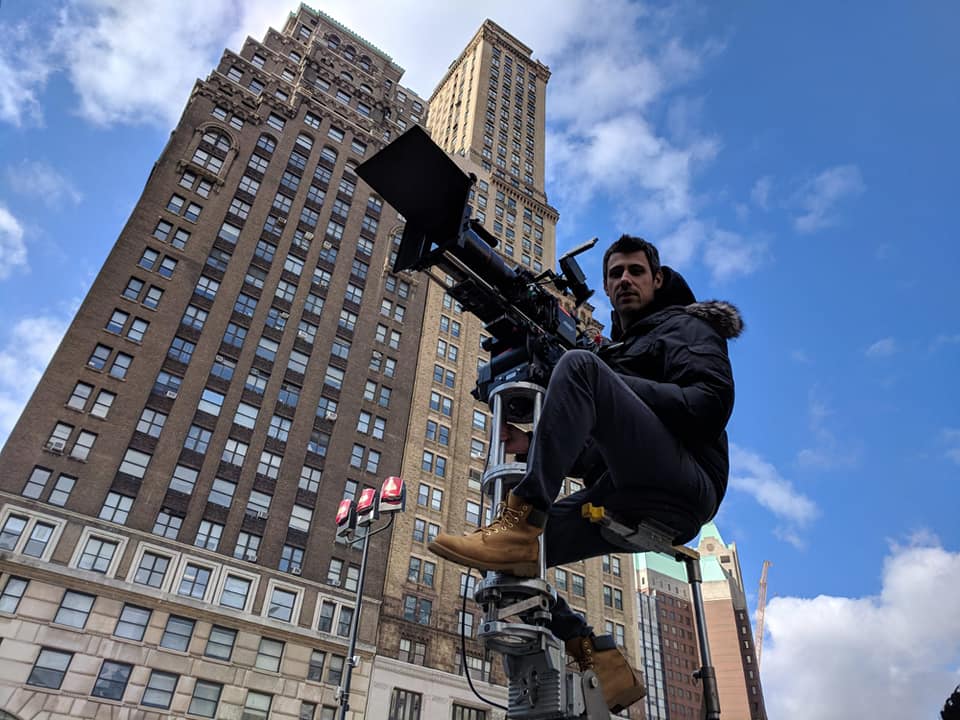We caught up with the brilliant and insightful Guillermo Cameo a few weeks ago and have shared our conversation below.
Guillermo, looking forward to hearing all of your stories today. Can you talk to us about a project that’s meant a lot to you?
Over the years I’ve had the chance to shoot all kinds of films, and each one has left something with me. There are many more, but to name a few: Dead Guy, with a stellar cast including Michael Shannon, Eva Longoria, Judy Greer, and Luis Guzman. Lake George, which allow me to explore a very raw and gritty look. And Dirty Rhetoric, a period piece with Tovah Feldshuh that leaned into something more surreal and stylized in terms of lighting and color.
But if I have to pick one, I would definitely go with Apophenia. Directed by Michael DeAngelo and starring Darren Barnet, it stood out because of the collaboration during pre-production. Michael is also an amazing painter, and that perspective shaped the way we worked together. We were constantly sharing ideas about light, composition, symbolism, and camera movement. Every choice felt connected to the emotional journey of the characters, sometimes reflecting it and other times creating contrast, which gave the film a deeper pull.
One of the best things is that the script itself was built on opposition, and that is what we tried to bring to the screen. We were trying to juxtapose breathtaking landscapes inspired by Tarkovsky’s Mirror, filled with color and light, with a character consumed by darkness. That collision of natural beauty and inner despair became the heartbeat of the film. Shaping that balance with Michael was about more than just visuals, it was about rhythm, tone, and atmosphere. We would spend hours talking about how a single camera move could change the weight of a scene, or how the quality of light could twist beauty into something unsettling. That ongoing dialogue made the process immersive and pushed me to explore layers I might not have otherwise.
We also filmed during Covid with a smaller than usual crew, which meant everyone had to bring extra creativity to make it work. That collective spirit gave the project a sense of energy and immediacy, and it is the kind of set I value most.
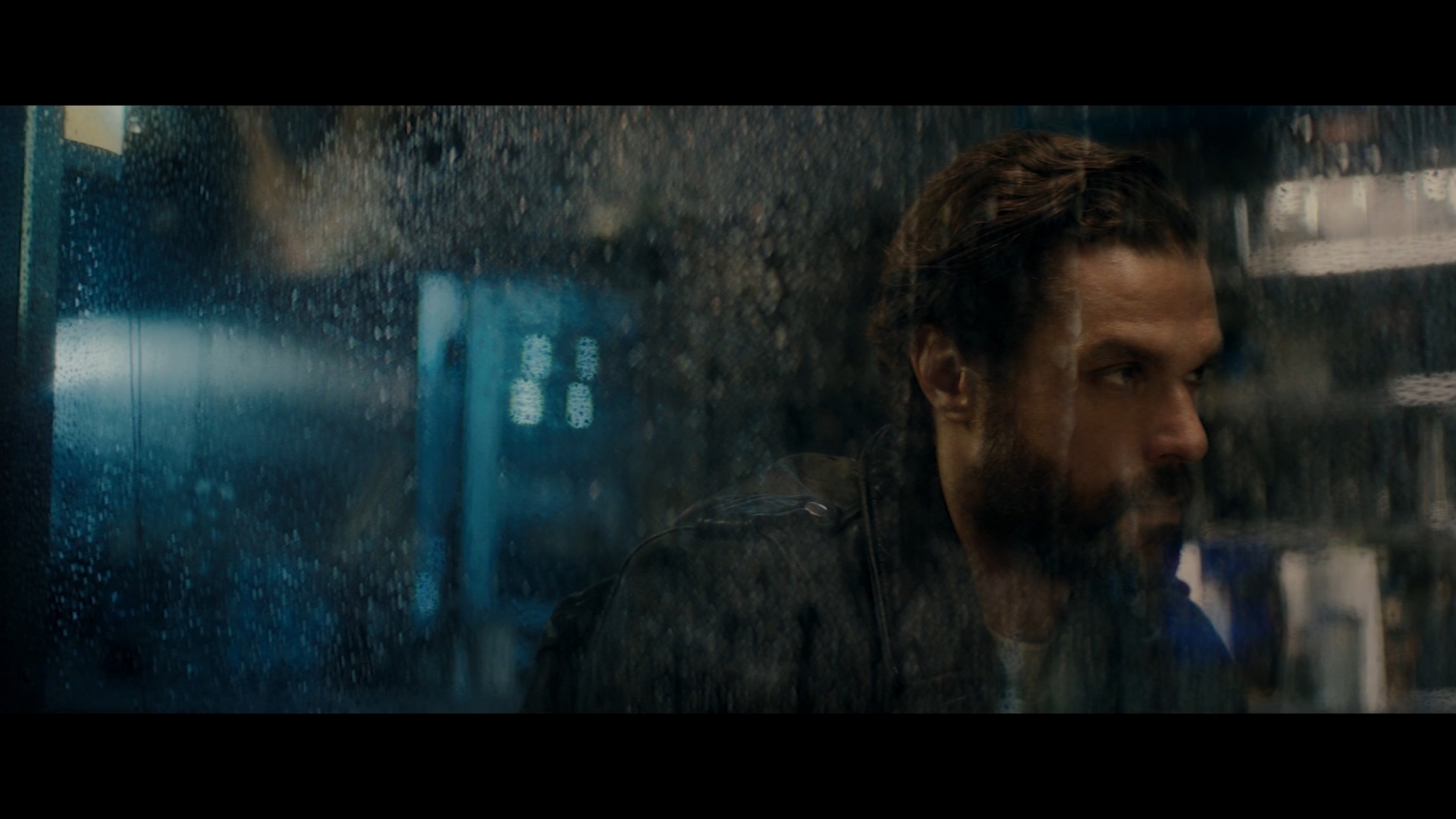
Great, appreciate you sharing that with us. Before we ask you to share more of your insights, can you take a moment to introduce yourself and how you got to where you are today to our readers.
I’m Guillermo Cameo, a cinematographer splitting my time between Los Angeles and New York. I focus on narrative projects and over the years I’ve been lucky to collaborate with some amazing directors, producers, and actors. I grew up in Barcelona and moved to New York to pursue cinematography, and from there I’ve been able to work on bigger productions.
I got into cinematography because I’ve always been fascinated by how images can shape emotion and tell a story. For me it’s never just about making something look good. It’s about serving the story and the characters. I love working closely with directors to find a visual language that’s unique to each project, playing with light, camera movement, lenses, composition, and color in ways that bring the characters’ journey and the story itself to life.
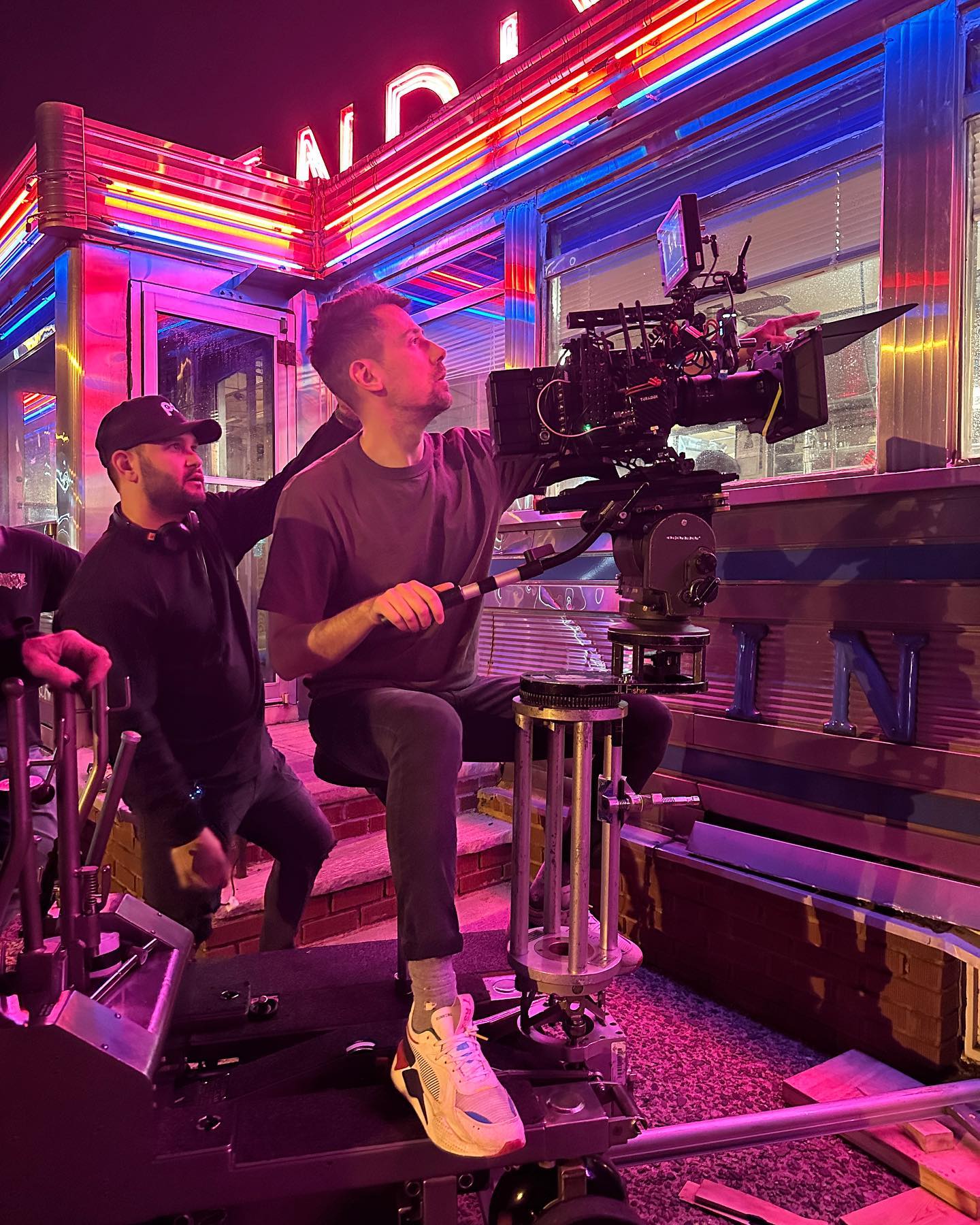
Have any books or other resources had a big impact on you?
There are so many great books out there about cinematography. Classic craft books like Painting With Light by John Alton or more recent guides like The Cine Lens Manual by Jay Holben and Christopher Probst are must-haves. For me, the one that’s been the most inspiring is Masters of Light by Dennis Schaefer and Larry Salvato. It’s a collection of conversations with accomplished cinematographers, basically a podcast before podcasts existed, diving into how these artists approached their work, solved problems, and brought their visions to life. It’s not just about the practical side of their work, but about understanding their process and all the invisible decisions behind what you see on screen. It’s endlessly inspiring.
Another book that might not seem related at first is Leaders Eat Last. It’s not about cinematography at all, but it really clicked for me once I realized that being a cinematographer is also about being a leader. On set, one of the most important things you do is guide and inspire a group of creatives, helping everyone bring their best work to the project.

For you, what’s the most rewarding aspect of being a creative?
For me, the most rewarding aspect of being a cinematographer is seeing an idea or a story come to life in a way that truly resonates with people. I love the process of collaborating with directors and the crew to shape a world through light, movement, composition, and color, and then watching it translate on screen.
It’s incredibly satisfying to know that the choices I make behind the camera are helping the audience feel the story and the characters more deeply.
Contact Info:
- Website: https://www.guillermocameo.com
- Instagram: https://www.instagram.com/guillermocameo/
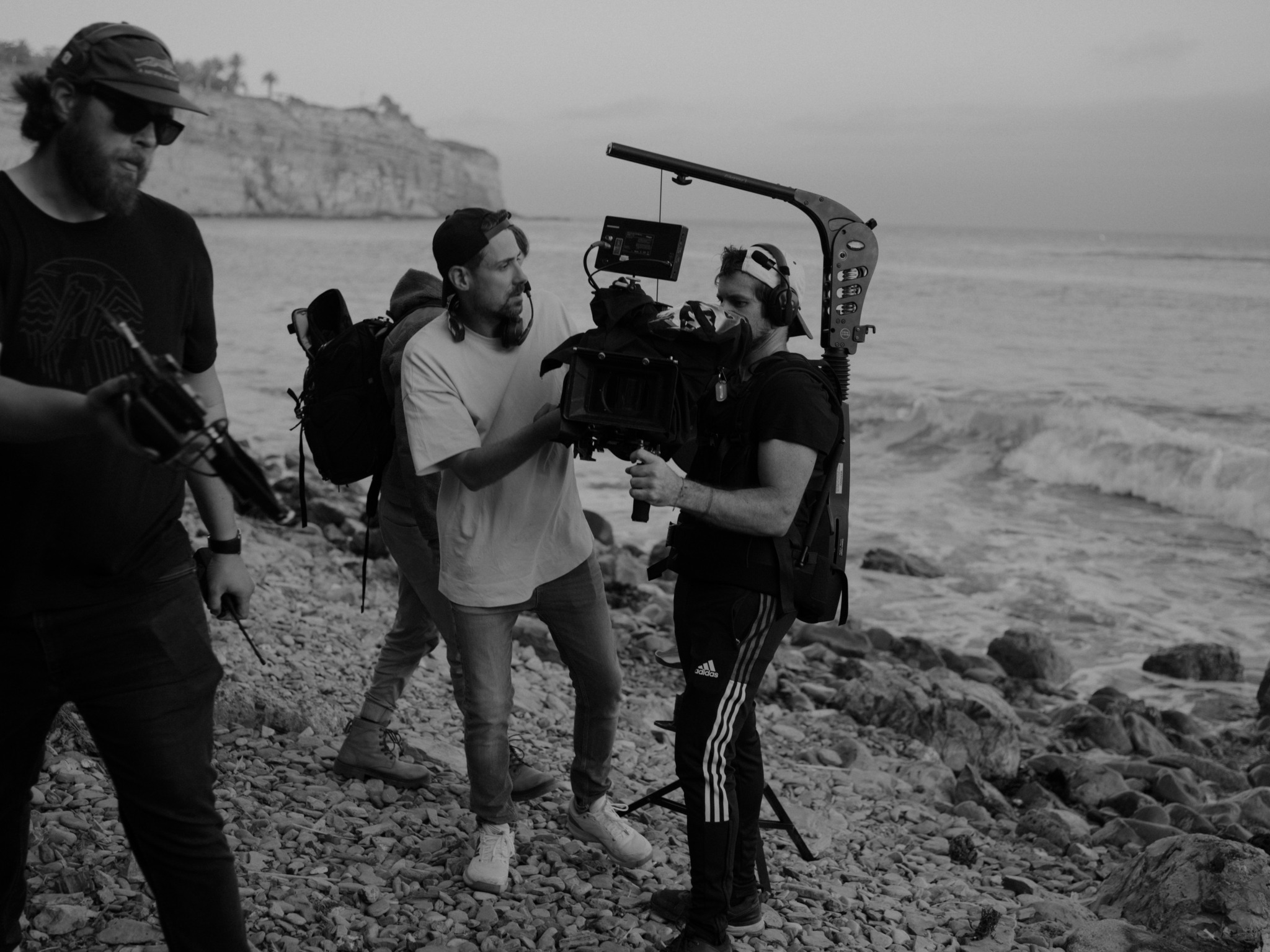
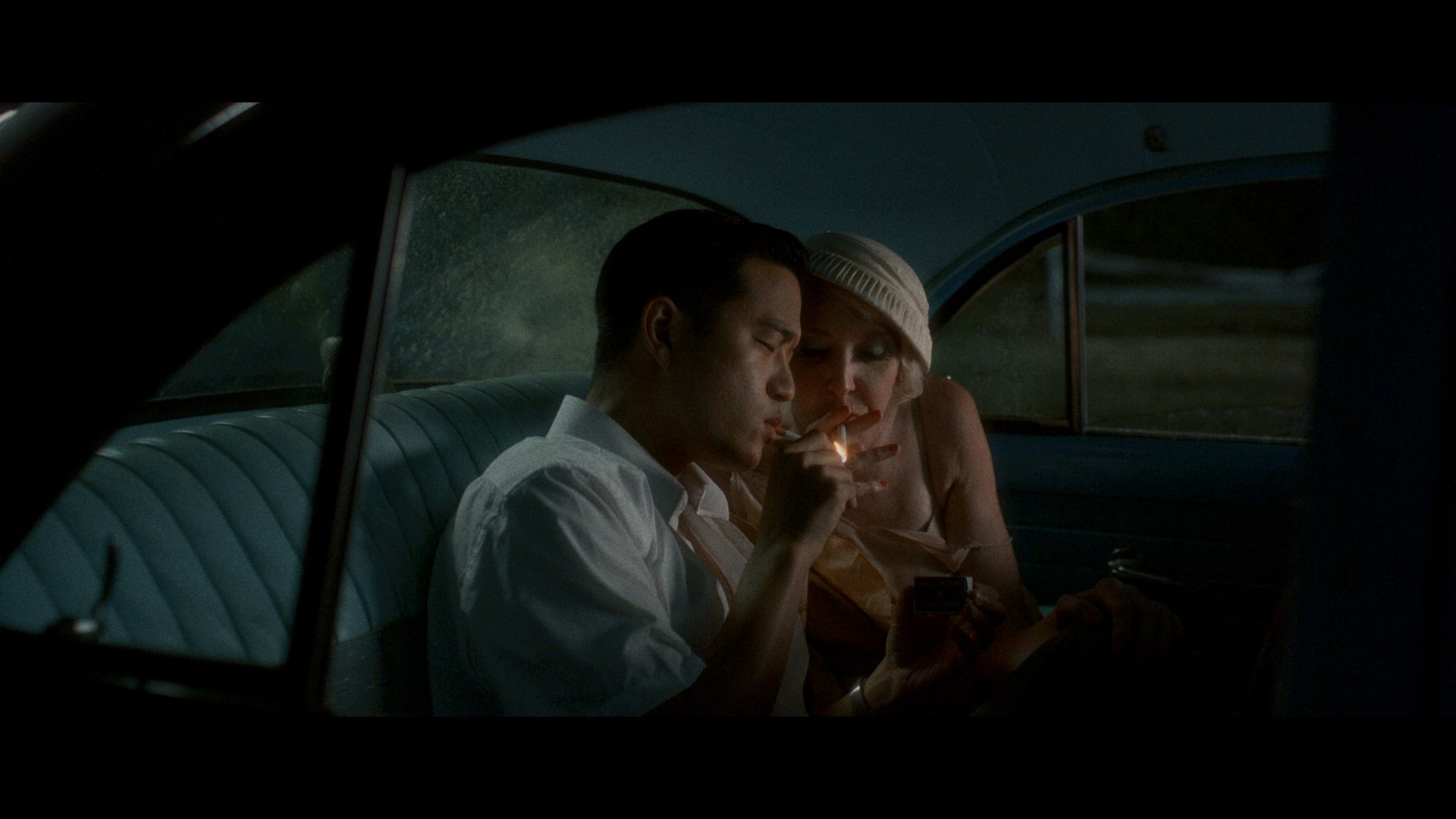
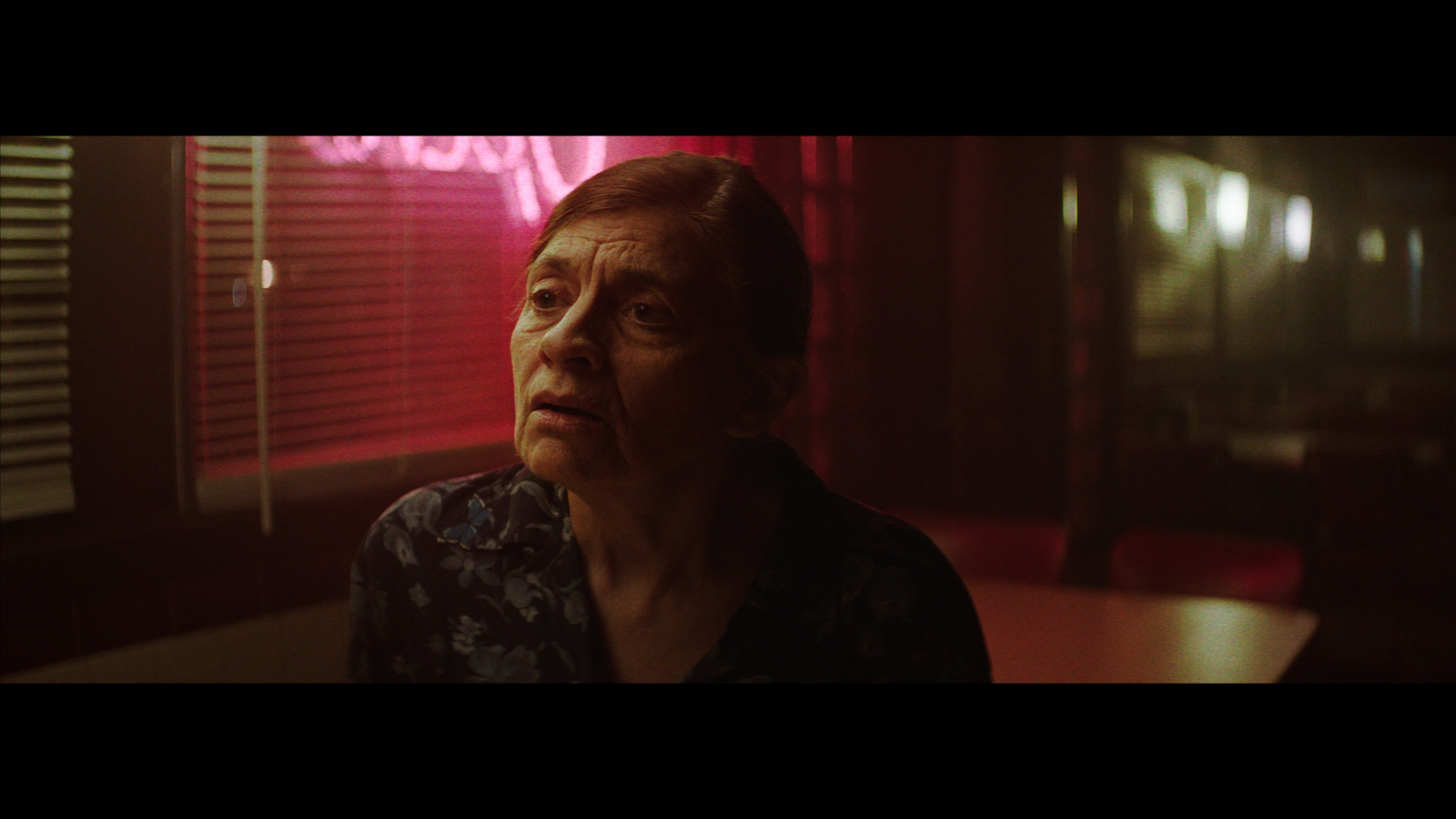
Image Credits
BTS 1: no credit
BTS 2: Zelest, Transversal Productions LLC
BTS 3: Zelest, Transversal Productions LLC
Dirty Rhetoric, directed by James Evans
Before I go, directed by Andrew Sandler
The Killing of an American China doll, directed by Flannery Spring-Robinson


